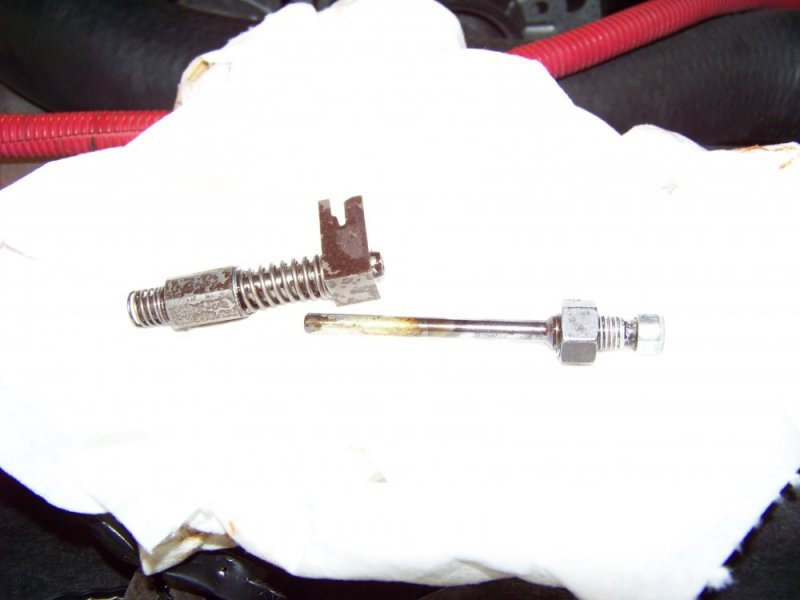Will L.
Well-Known Member
As for the offroad fuel: the only difference off off road fuel is there is a red dye added so that it can be tracked as not having road taxes paid.
Both are susceptible to contamination, bugs, etc all the same.
Ds4 specifically could be having a harder time with bad dyed fuel because the dye could add to cloudiness of already bad fuel making it hader for the optic sensor to do it’s job. Another couple of the advantages of the db pumps. No need for clear fuel and ability to handle crappier fuel.
Both are susceptible to contamination, bugs, etc all the same.
Ds4 specifically could be having a harder time with bad dyed fuel because the dye could add to cloudiness of already bad fuel making it hader for the optic sensor to do it’s job. Another couple of the advantages of the db pumps. No need for clear fuel and ability to handle crappier fuel.

